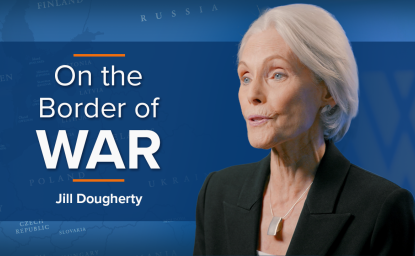As the future solvency of Social Security and private pension plans are debated in the halls of our government, Wilson Center Fellow Sonya Michel is studying the uncertainty and inequity of U.S. retirement provisions from the post-World War II era to the present.
The American system of retirement has its roots in Social Security, which established nationwide public old-age insurance in 1935. During and after World War II, the government, fearing inflation, sought to place a cap on wages, prompting unions to demand better benefits, including pensions. Thus the idea of a public-private pension system was born.
From 1945 to the mid-1970s, the share of the civilian labor force covered by private pension plans quadrupled, peaking at just over 25 percent. These offered "defined-benefit" pensions, which were tied to length of employment and aimed at encouraging employee loyalty. All contributions were tax-deductible.
But even at their height, such plans left many people without coverage—primarily women and racial minorities, who were subject to employment discrimination. Social Security also excluded these groups because it did not cover the occupational sectors where they predominated (education, non-profits, agriculture, and domestic service). Even after these sectors were brought under the amendments of 1955, lower salaries and intermittent jobs typically left women and minorities with smaller retirement benefits.
At the same time, Congress passed a series of laws designed to regulate and improve the equity of private pensions. The 1958 Welfare and Pension Plan Disclosure Act required greater transparency. Two other laws, the Employee Retirement Income Security Act (ERISA) of 1974, and the Retired Equity Act (REA) of 1984, helped make plans more inclusive. By liberalizing requirements, these laws covered more female and minority workers and established rights for spouses and unpaid housewives, said Michel. In addition, ERISA created the Pension Benefit Guaranty Corporation (PBGC) to insure private pension funds and thus protect the financial security of retirees.
The reforms also were intended to encourage companies to offer pensions, but changes in the economy made such benefits increasingly unaffordable. Instead, starting in 1982, many companies turned to individual retirement accounts such as 401(k)s, which are portable and not tied to job longevity. Instead of promising fixed payouts, these plans are based on tax-preferred "defined contributions" by both employers and employees.
Personal retirement accounts have become even more popular, as traditional sources of retirement security appear more and more uncertain. In addition to doubts about Social Security's future, the PBGC faces the threat of bankruptcy in the wake of recent liquidations in the airline and steel industries, and the prospect of more company failures. If the PBGC goes bankrupt, many analysts assume there will be a taxpayer bailout, but Michel opposes such a step, noting that the PBGC insures benefits for only about one-sixth of Americans.
"Taxpayers have already subsidized private pension plans through tax deductions," said Michel. "We shouldn't have to do it again." Rather, she supports shoring up public retirement coverage and making it universal.
"So much of our public policy is set up so that benefits only kick in if you are sick or disabled," Michel said. "In other countries, people receive benefits simply on the basis of citizenship. Their pensions are based not on their employment records, but on their age. This is the best way to provide security."


